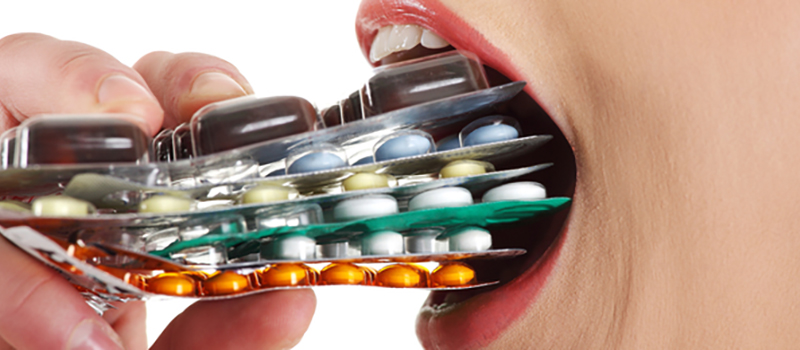
Wait, we have a special
offer for you!
Click the button below to get your discount.
Get my coupon now No thanks, I'd like to pay full price

Pain medication is an important part of pain management and helps restore a person’s way of life. Painkillers (opioid pain relievers) are administered by health professionals to deal with different levels of pain for patients. Unfortunately, many people become physically dependent or worse, addicted.
Here is some information on the causes of dependency and how to get through withdrawal from pain pills.
If you are wondering what the difference between dependency and addiction is, you’re not alone. Put simply, pain pill dependency is when you are taking a healthy dose of pain medication that mutes the pain and lets you carry on with your life. Your body has become used to having it in your system so when you don’t, you start to have withdrawal symptoms.
Pain pill addiction is when a drug is misused and someone uses a medicine beyond a doctor’s prescription with the intention to get high, relieve anxiety or distress. Getting addicted is caused by a number of reasons such as the person’s disposition to be addicted, the strength of the pain pill, or misuse of the drug.
Common withdrawal symptoms for pain pill dependency:
First Phase:
muscle aches
restlessness
anxiety
agitation
tearing eyes
runny nose
excessive sweating
sleeplessness
excessive yawning
low energy
Second Phase:
diarrhea
abdominal cramps
nausea and vomiting
dilated pupils
rapid heartbeat
goose bumps
This phase kicks in when after a few weeks of use. People sometimes experience a small degree of this when they take Advil or any other over-the-counter pain medication and get a sort of pill sickness. Wondering how to get over pill sickness?
When dealing with withdrawal it’s important to get help. These steps can help better prepare your withdrawal process if you are wondering how to stop taking pain pills on your own.
First thing you should do is communicate with your doctor. Listen to what they say and tell them about any symptoms or concerns you have. They can only prescribe the correct doses based on your honesty. Take, and only take the amount they recommend. Do not exceed the dosages you are told to stick to.
Dehydration could be caused by first and second phase withdrawal symptoms. Drinking plenty of hydrating fluids during withdrawal is very important. Electrolyte solutions, such as may help keep you hydrated.
Over-the-counter (OTC) aids:
To deal with withdrawal symptoms using OTC products can help. Canpharm offers products like: Myoflex Pain Relief for withdrawal symptoms of muscle aches, Reactine (Cetirizine) 5 mg for runny nose and congestion.
The last thing to remember is to not be afraid of taking pain pills. People are often afraid to take pain pills because they feel they may be addicted to them and try to prolong taking anything. Once the pain starts to increase, it’s hard not to break down and take a bunch of pills to alleviate the pain. It is better to take the prescribed amount and properly manage your pain.
By going through some of these steps you can better answer the question of how to get through withdrawal from pain pills and get over pill sickness.